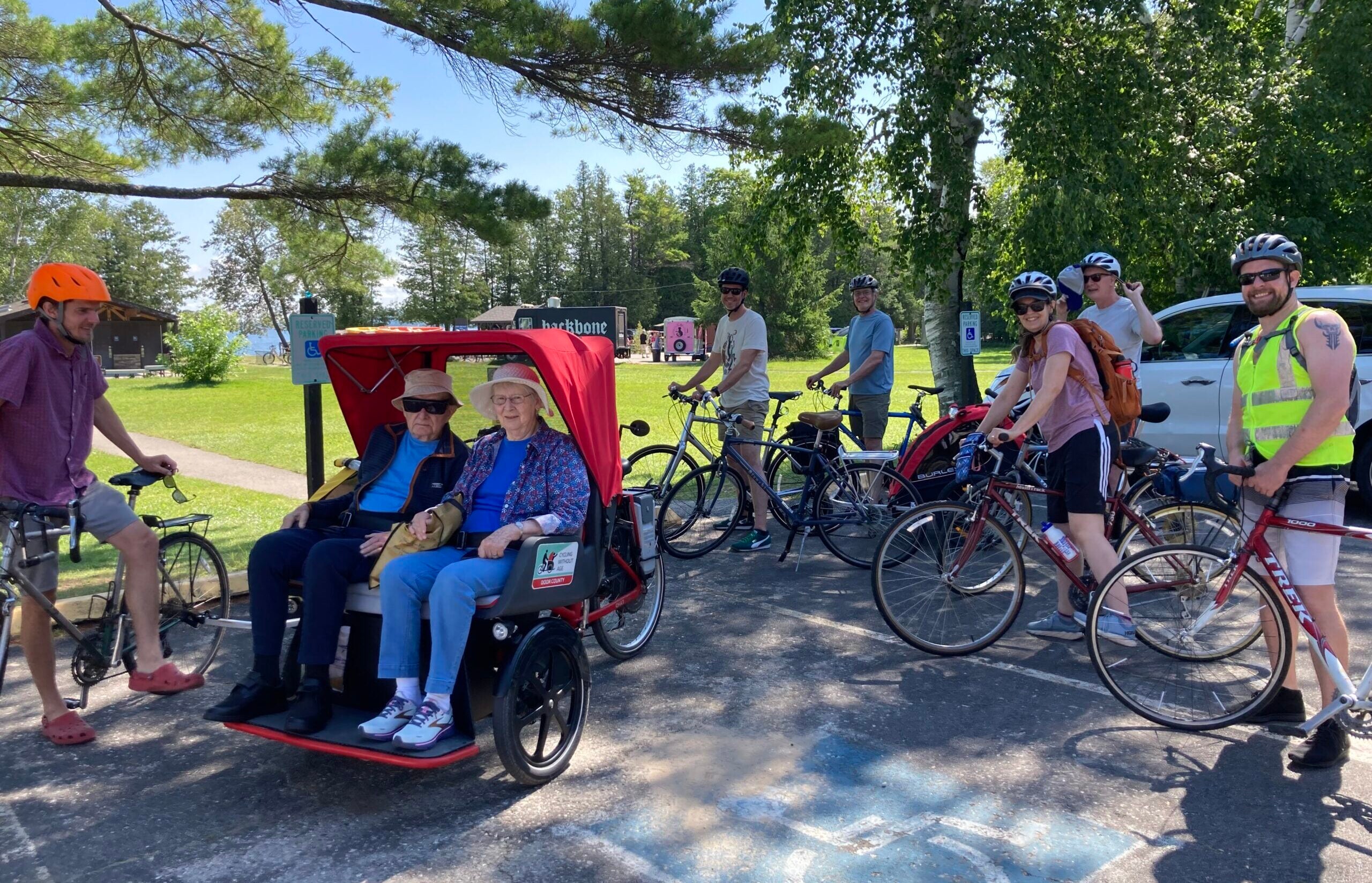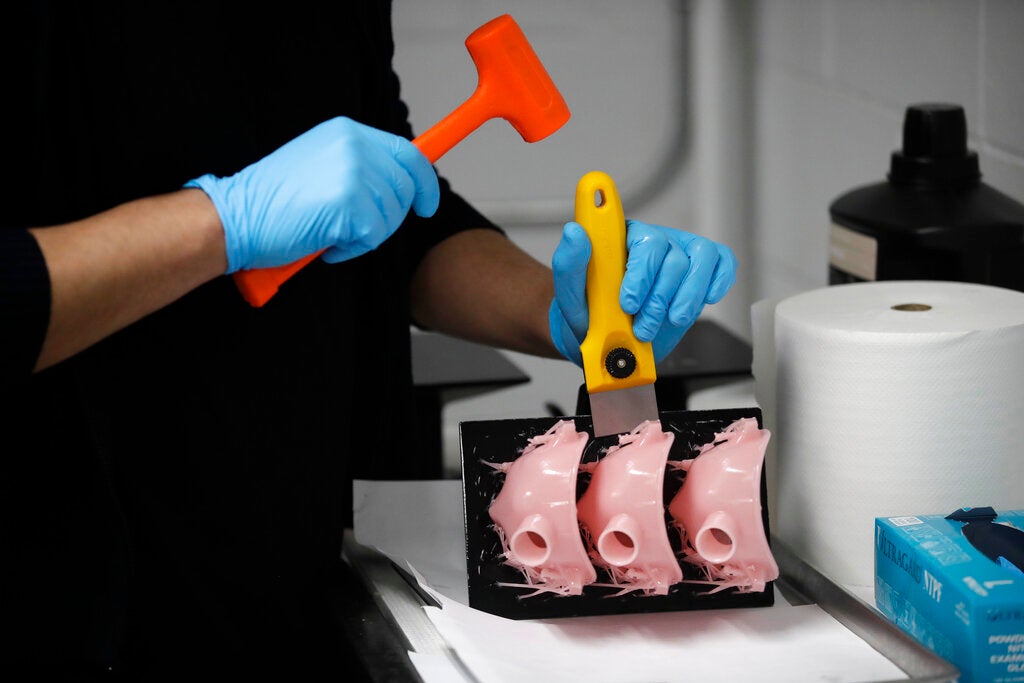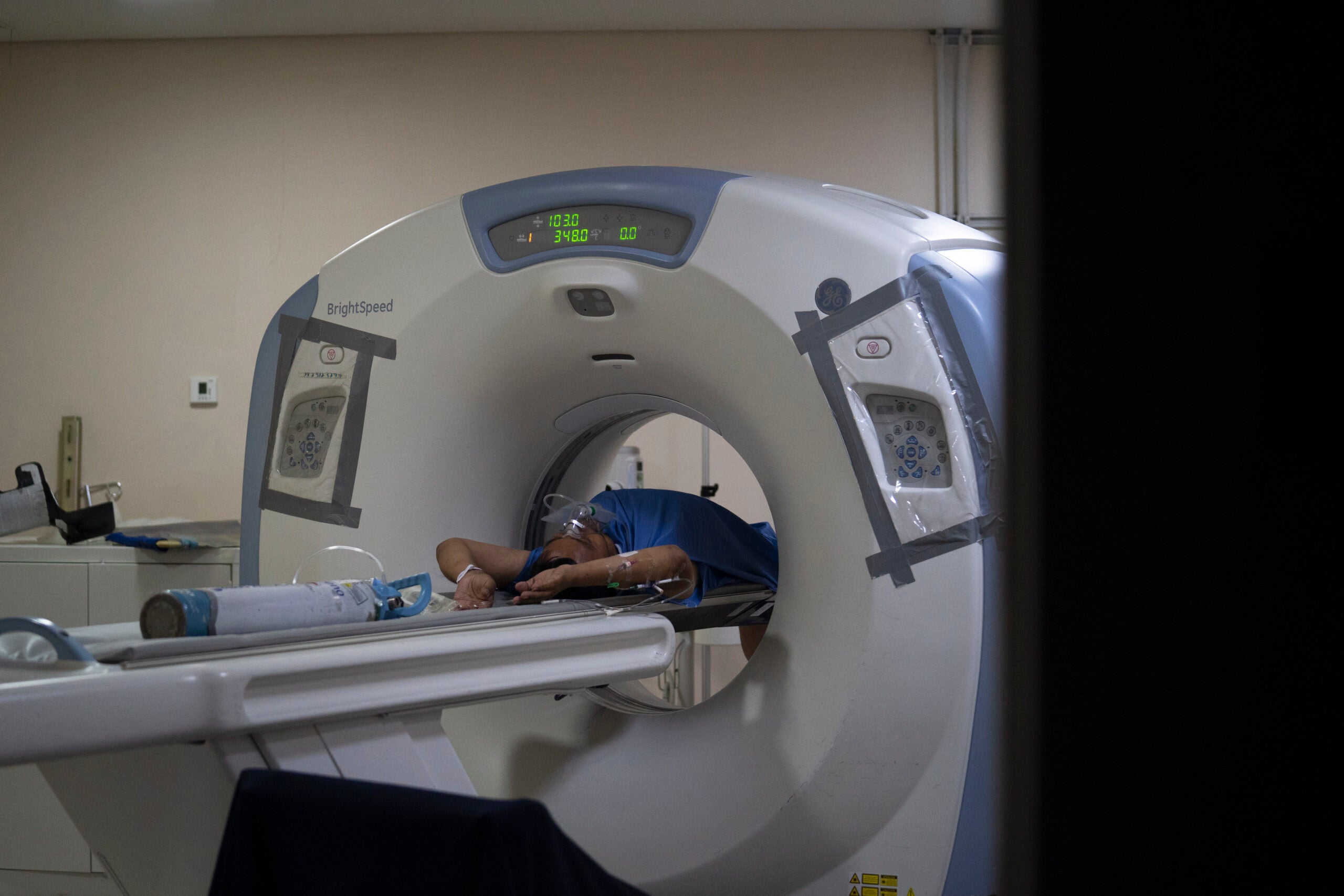Each day, millions of people use manual wheelchairs to get around. On average they are turning the wheels more than a thousand times per day.
Research shows the repetitive motion has major impacts on the shoulders and joints. But does it have to? According to Brooke Slavens, director of the University of Wisconsin Milwaukee’s Mobility Lab, it doesn’t.
“Just because you’re using an assistive device, whether that’s a wheelchair, walker or crutches, you shouldn’t have to have pain and secondary conditions that result from that,” she said on WPR’s “Wisconsin Today.”
News with a little more humanity
WPR’s “Wisconsin Today” newsletter keeps you connected to the state you love without feeling overwhelmed. No paywall. No agenda. No corporate filter.
For more than a decade, Slavens has led the Mobility Lab, a research hub integrating multiple disciplines to improve the wheelchair and the user experience.
Over the years, her team has designed multi-geared wheels that change the amount of resistance — similar to a bike. They’ve analyzed different stroke patterns a person uses as they are propelling the wheelchair forward, such as circular shapes or figure eights, and examined how those movements impact the shoulders.

She also works with individuals to create personalized approaches on how to better move their arms to reduce injury and stress. Slavens said nearly every aspect of a wheelchair can affect the user. And so when people who use a wheelchair come to her lab, she dissects the device.
She looks at the fit of the chair such as what is the length from the arm to the wheel and the handrim? What is the grip like on the handrim? What is the width and depth of the seat? How does the angle of the wheels affect the propulsion?
But she also focuses on the person: What is their medical condition, core strength and joint health?
Right now the team is publishing findings from a multi-year study funded by the National Institutes of Health on overuse injuries among wheelchair users with spinal conditions. And a big focus is children.
They’ve found around 40 percent of children in the study do have a diagnosed shoulder injury whereas previously, Slavens said, many assumed children were too young to develop rotator cuff tears and long term pain.
By better understanding shoulder injuries, including how they start and progress, Slavens hopes the Mobility Lab can eventually prevent them.
“You need your arms for everything throughout the day — to eat, to get dressed, to work, to go to school. And they’re also using their arms for locomotion. So we need to make sure that their joints stay healthy and safe,” she said.
Slavens said although 90 percent of wheelchairs users have manual wheelchairs, research on how to improve the experience is thin due to the complexity of each person’s medical and physical needs and how it changes overtime.
But her resounding message is no one has to experience pain while using a wheelchair.
“There are a lot of ways that we can change what those individuals do and how they’re using it to be able to prevent [injuries] from occurring.” she said.





